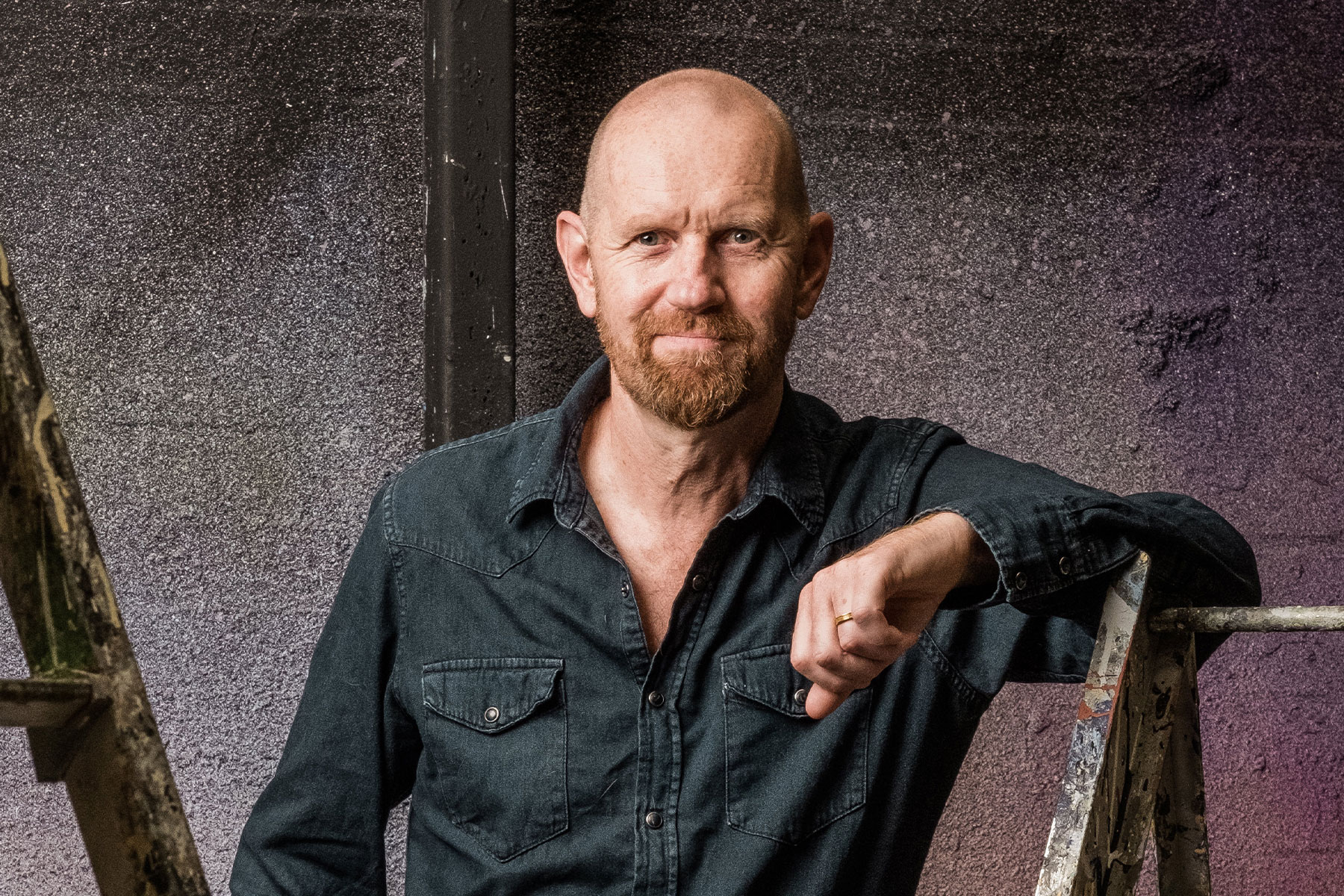The legend of Don Juan
Libertine, serial-seducer, sex-addict, rapist and murderer. Not bad going for one person – indeed looked at in the cold light of day one is hard-pressed to work out why we’re so fascinated with the Jon Juan legend, I mean he doesn’t have many saving graces yet over the centuries our infatuation with him has shown no signs of waning.
Are we willing to forgive the darker aspects of his character and see him as a bit of ‘Jack the lad’? In today’s society is it possible to look at him in the same way that an audience in the seventeenth century would have? Well no, for sure but after Tirso de Molina’s play El burlador de Sevilla y convidado de piedra or The Trickster of Seville and The Stone Guest first appeared in 1630 the Don Juan legend secured a place in our psyche and has gone on to inspire a whole host of variations on the story. Amongst them Moliere’s Don Juan ou le Festin de pierre (1665) and Byron’s epic poem Don Juan (1821) stand out whilst musically it inspired Dargomyzhsky’s The Stone Guest (1872) and even runs through Jim Jarmusch’s cult film Broken Flowers (2005).
The list is endless but without doubt the most influential, staged and discussed version of the story is Mozart and da Ponte’s masterpiece Don Giovanni which was first performed in Prague in 1787. Its full title il dissoluto punito ossia il Don Giovanni may be a bit of a mouthful but means The rake punished, or Don Giovanni, so composer and librettist leave us in no doubt that a) Don Giovanni is a serial-seducer and b) he gets his comeuppance but given that it’s called a ‘dramma giocoso’, suggesting a mix of comedy and drama, and that Mozart called it an ‘opera buffa’ how is a director supposed to marry the two? Can an opera that begins with a rape and a murder really be called a ‘comic’ opera?
Don Giovanni is a very difficult opera to stage successfully as not only does a director need to find the right balance between the comic, tragic and supernatural elements, but has to be clear in the delineation of class which is such a vital part of the plot – especially between Don Giovanni and the peasants Zerlina and Masetto. The first staging I ever saw was by the German iconoclastic director Ruth Berghaus for WNO. The setting was a baked wasteland with swords jutting out at jaunty angles. Masetto entered whilst trying to iron a shirt suspended in the air – don’t you just love that German symbolism? Of course she was showing that he was a useless servant, similarly Zerlina hobbled about in one flat shoe and one high-heeled, caught between peasantry and nobility whilst Ottavio transformed himself into Saint Sebastian, in a snow-storm, replete with arrows – he was martyring himself for Donna Anna of course. At the time I hated it, but I’d love to be able to see it again – it may have been a fright but the images have stayed with me.
Out of all the stagings I’ve seen, only one has really managed to get to the heart of the work and that was Deborah Warner’s Glydebourne production (available on DVD). Played out in modern dress, as it would have been in Mozart’s day, the story was made dramatically clear and the direction of the singers was faultless, although the toffs hated it – no doubt because of its searing honesty.
At ENO Jonathan Miller’s staging back in the late 80s served the opera well and provided a backdrop for riveting performances from the likes of Jane Eaglen (in those days a peerless Donna Anna) and Peter Savidge (Don Giovanni) but its replacement – a lamentable effort from Guy Joosten that traduced the work at every level was thankfully never revived – superb singing-actors such as Janice Watson (Donna Elvira) and Peter Coleman-Wright (Don Giovanni) were left floundering whilst conductor Markus Stenz showed that he had no Mozart credentials whatsoever.
Whilst Joosten’s staging was dramatically limp, the same could not be levelled at what followed – Calixto Bieito’s blistering modern-dress staging (2001) that elicited a storm of booing on the first night. It was a vast improvement on what had gone before, and whilst Bieito often went over the top it was never boring. If it hadn’t been woefully undercast its impact would have been greater but it came across much stronger at its first and last revival three years later.
The company hasn’t staged the opera since, so all eyes are on Rufus Norris who makes his operatic debut with a new staging, designed by Ian McNeil this Saturday. Norris is next in a long line of debutants who are new to the genre whom general manager John Berry has been courting from the ‘straight’ theatre. Results over the last few years have been mixed, with the company’s unequivocal successes coming from opera directors, especially the Alden brothers, who are opera professionals but Norris’ pedigree, including his stunning revival of Cabaret is good. What can we expect? In a recent interview with the London Evening Standard Norris said: “It’s the story of a sex addict – it’s dramatic in a way I understand: it takes place on a single night among a small group of people who have complex emotional relationships with each other”. He goes on to add that much will be made of the ‘electricity’ of Don Giovanni’s personality, which will not only draw characters to him, but elements of the set as well. It certainly doesn’t sound boring.
The cast is strong and Ukranian conductor Kirill Karabits’ debut is also eagerly-anticipated, so if Norris’s staging is as lively as it sounds on paper, then ENO will have pulled off a major coup.
Rufus Norris’s new staging of Don Giovanni opens at ENO on Saturday 6 November.










